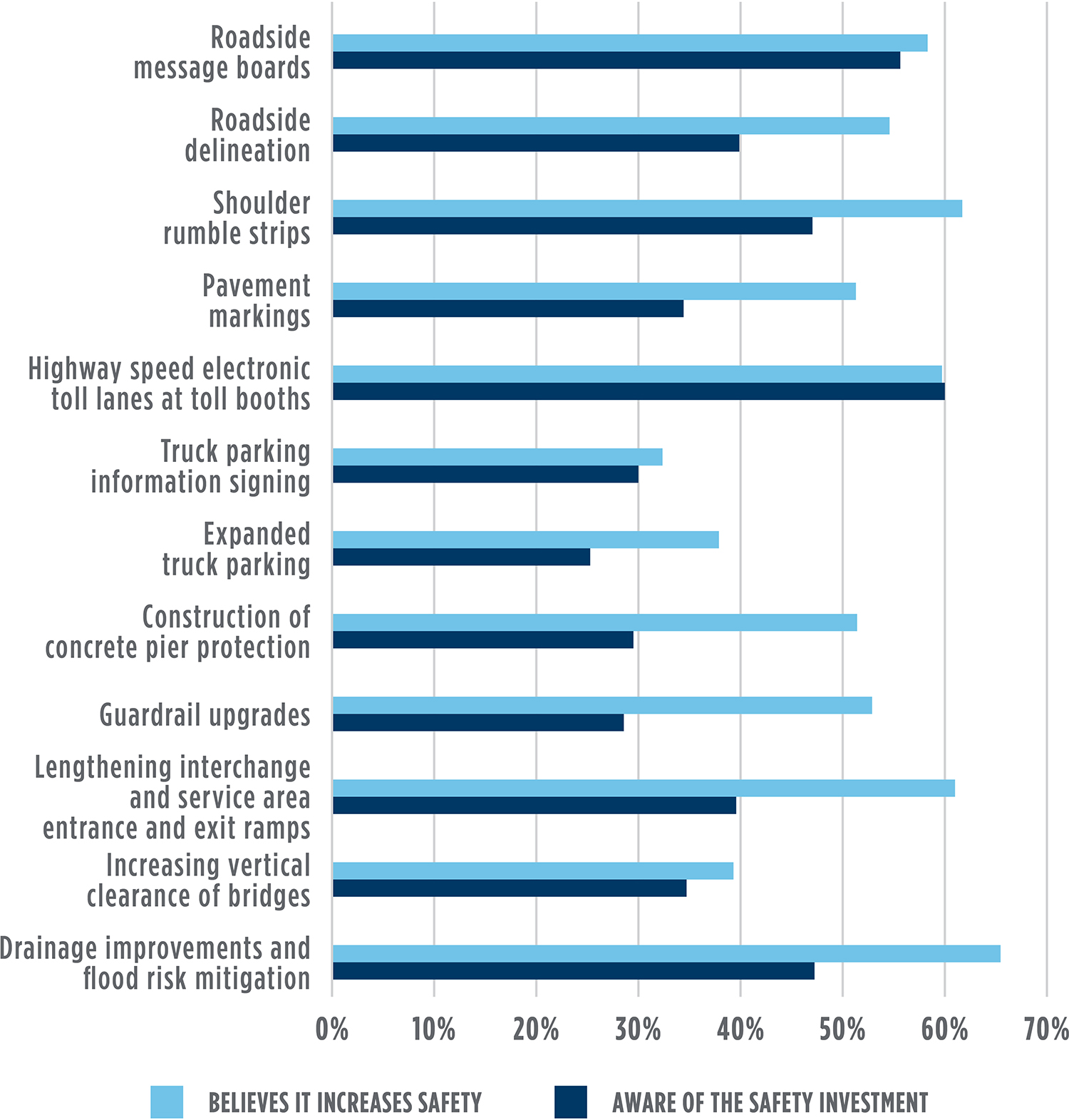
Transportation engineers and planners have historically relied on crash data to understand traffic safety and identify high-crash locations and patterns in crash characteristics. Once problematic locations or conditions are identified, resources can be allocated to mitigate future crashes by educating drivers about specific risks, changing the roadway or roadside conditions, or increasing enforcement. This traditional approach is an important tool in the transportation safety toolbox, but it is inherently reactive, because improvements are only made once enough crashes have occurred to highlight a problem.
More recently, research has focused on understanding the factors that make crashes more likely. The Federal Highway Administration (FHWA) has provided and promoted tools for transportation agencies to expand their understanding of data-driven safety analysis (DDSA), which moves the field of traffic safety from the reactive practice of identifying high-crash locations toward proactive safety management approaches intended to mitigate potential crashes before they happen.
One application of DDSA is the systemic safety management approach. This type of analysis uses both roadway and crash data to identify lower-cost safety improvements that can be applied in many locations. Transportation engineers understand that crashes resulting in serious injuries and fatalities are rare and can be random. The locations where crashes occur are different from year to year. Consequently, improving a single location where a fatality occurred is not very likely to save the next person’s life. Instead of focusing on locations with a crash history, a systemic analysis identifies the risk factors correlated with specific types of crashes and addresses them with lower-cost improvements, such as upgraded pavement markings, curve widening, more reflective signage, lighting for intersections or rumble strips. The safety benefits of a systemic approach are distributed broadly across the network to prevent future crashes.
Another application of DDSA is the use of predictive tools to identify where crashes may happen in the future. In 2010, the American Association of State Highway and Transportation Officials (AASHTO) published the first edition of the Highway Safety Manual, which included models to predict the number of crashes that would occur on a section of roadway based on the traffic volume and specific characteristics like shoulder width, curve radius and presence of lighting. These models help safety professionals design new facilities to minimize crashes, prioritize improvements to existing roadways expected to have the biggest safety impact and identify locations that are performing worse than expected.
Unfortunately, even with the availability of these tools to help designers and planners make data-driven decisions to maximize safety, the number of roadway fatalities continues to rise. In 2020, the National Highway Traffic Safety Administration (NHSTA) reported 38,824 auto fatalities. In 2021, that number increased to 42,915. That was the largest number of traffic fatalities since 2005 and the greatest annual increase in the history of the Fatality Analysis Reporting System.





